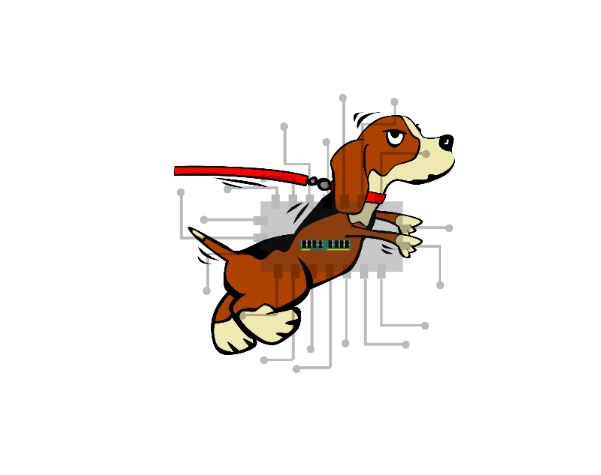Microchips for dogs – Process, Benefits and Risk
By the end of this year, the southern Chinese city of Shenzhen is expected to end the installation of microchips in all dogs to better manage the pets.Similar to Shenzhen there are many cities worldwide which are planning to make mandatory installation of Microchips in dogs.
Per year, up to 8 million animals end up in shelters. Unfortunately, their owners only retrieve 15-20 percent of dogs and less than 2 percent of cats. One way to increase the odds of finding your missing animal is to microchip it.The microchip is around the size of a rice grain and positioned between the shoulder blades beneath the dog’s fur.
Approximately the size of a large grain of rice, the device uses RFID technology and is also known as the PIT (passive built-in transponder) sticker. Usually, regular microchips of pet are 11-13 mm in length (about 1⁄2 inch) and 2 mm in diameter.
Authorized staff can search the code to get its basic details from the agency, including the dog’s name to breed, as well as the owner’s name and contact details.It is really important that you microchip your pet cat or dog, as you are more likely to be reunited if your pet cat or dog gets separated.
A microchip is a permanent electronic identification method. The chip itself is very small – around a grain of rice. Each chip has a unique number identified using a microchip scanner. The microchip number is registered in a microchip database registry with animal and owner information. Pet owners must ensure their contact details are recorded against their pet’s microchip number in the database. If your pet wanders or gets lost, it will search your pet for a microchip and notify you through the database.
Micro-chipping is a fast (it takes just a few seconds), discreet, straightforward procedure and causes little discomfort. Many puppies and kittens can flinch or yelp when the chip is inserted, but pain is mild and short-lived, and most animals will soon forget it.Certain potential risk of microchips include abscesses, cancer, hair loss and degradation of the microchip. Problems may arise if veterinarians do not insert the chips into the appropriate body parts.
It can be implemented in many different species like horses , pigs, cats, ferrets, and most other mammals, can be handled.
Micro-chipping is not done by a veterinarian, although it’s recommended a veterinarian do it or should be done in presence of veterinarian.Microchip pets are only permitted with approved microchip implanters. Vets and welfare organizations can microchip pets.




